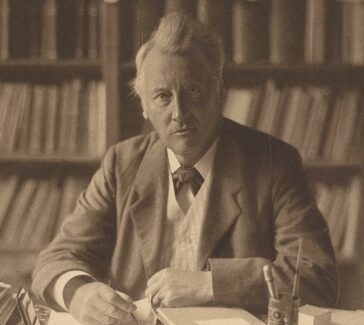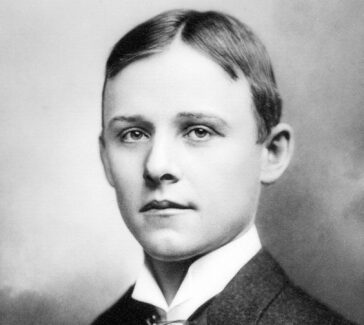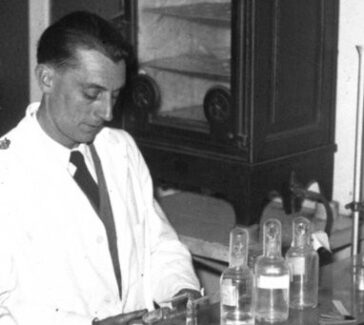Mildred Cohn
A pioneer of the technique of nuclear magnetic resonance, or NMR, Cohn transformed the study of enzymes by aiming high-tech instruments at them.
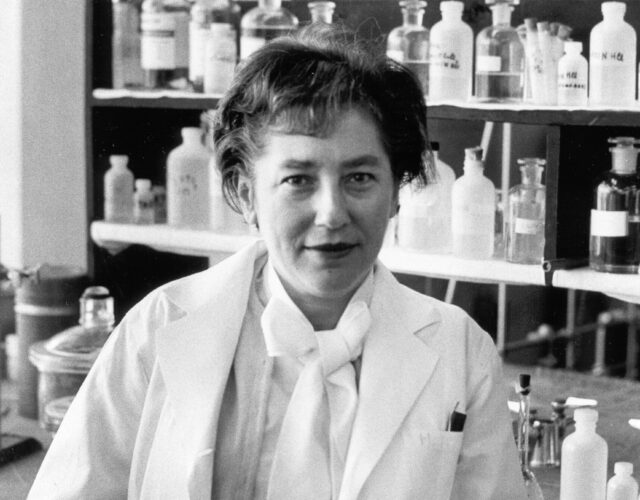
Mildred Cohn (1913–2009) was interested in how chemical reactions take place, that is, how the molecules of each reactant come apart and how their atoms reassemble themselves into new molecules, and the role that enzymes play in this process.
Her use of nuclear magnetic resonance (NMR) and instruments like NMR spectrometers enabled her to study how enzymes behave during chemical reactions in the body. And when the right instruments were not available, she built her own.
Early Life in New York City
Cohn was born and raised in New York City. Her father had studied to be a rabbi but ended up an inventor. After leaving rabbinical school to work in a tailor shop, he invented a machine for cutting cloth more accurately, and his employer made him a partner in the business for this feat. Cohn would in time follow in her father’s footsteps as an innovator.
An especially bright child, Cohn started college when she was only 15, attending New York City’s Hunter College, at that time a school for women. Had physics been offered as a major at Hunter, she would have pursued it, but she majored in chemistry instead. One of her chemistry teachers told her it was “unladylike” for women to become chemists. Fortunately, she did not listen to this advice.
An Assistant in Urey’s Lab
Cohn wanted to go to graduate school, but by this time the Great Depression had hit. Her father’s tailor shop went out of business, and money was tight. She had saved some money for tuition, enough to take her as far as a master’s degree in chemistry from Columbia University in 1932. But then her funds ran out, and she went to work in a government aeronautics lab in Virginia. After two years she had saved enough to return to Columbia for her doctorate. She asked to study under Harold Urey, who had just won the Nobel Prize in Chemistry (1934). Urey tried to discourage her, saying that he did not mentor his students much and expected them to teach themselves. Cohn persisted, and Urey finally admitted her to his research group.
Under Urey, Cohn studied ways of separating different isotopes of carbon but ran into equipment trouble. She ended up writing her dissertation on the behavior of isotopes of oxygen instead and graduated with her PhD in physical chemistry in 1938.
Overcoming the Gender Barrier
Finding a job as a chemist was challenging because many employers explicitly advertised for male, Christian applicants, putting two barriers of discrimination in the way of the young Jewish woman. But she did eventually find a research position. Cohn was determined to prove that talent should be the only qualification for working in chemistry. At a time when open displays of prejudice against women and Jews were not uncommon, she eventually fought for and won a place in high-level government and university laboratories.
Research and Teaching
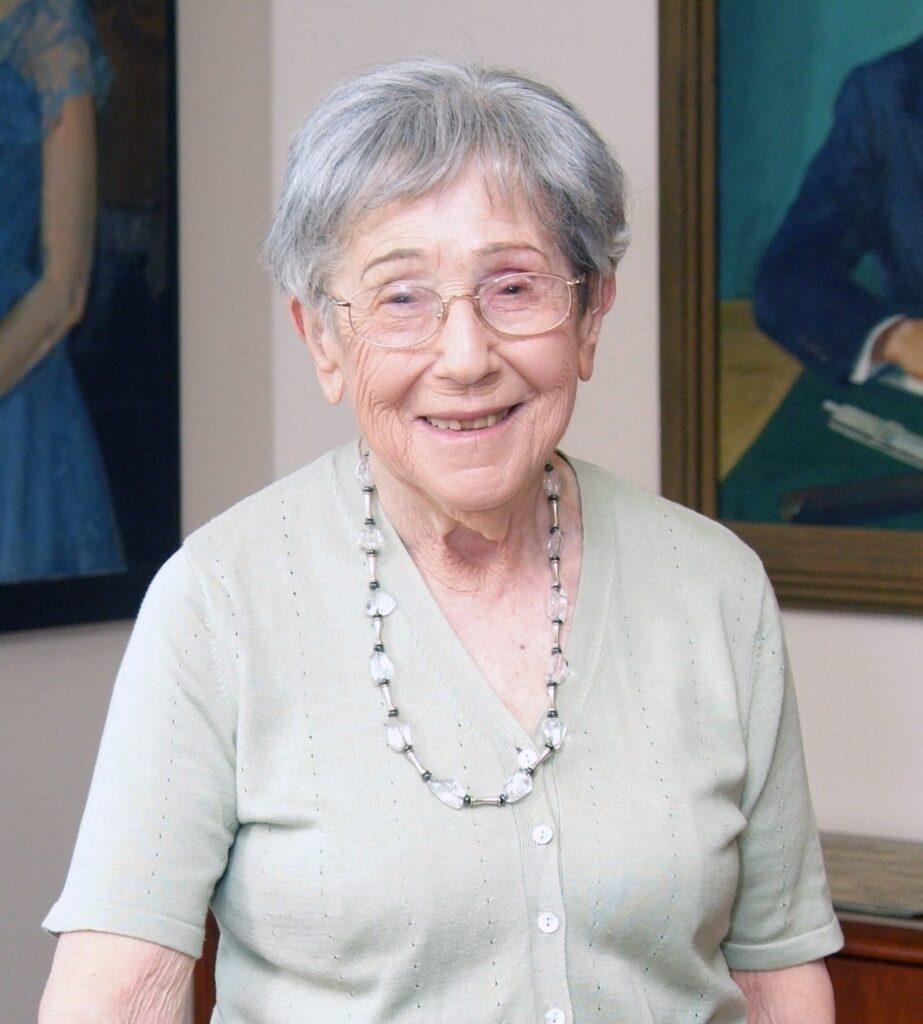
While most PhD graduates spend two or three years in research before pursuing a professorship, Cohn was a researcher for more than 20 years. Her first post was with biochemist Vincent du Vigneaud, another Nobel laureate, at George Washington University in Washington, D.C., and she went with Vigneaud when he moved to Cornell University in Ithaca, New York, in the late 1930s.
Around this time Cohn married Henry Primakoff, a physicist. She stayed at Cornell until 1946, when her husband received a faculty appointment at Washington University in St. Louis, Missouri, where Cohn joined the biochemistry laboratory run by the new Nobel laureates Carl and Gerty Cori. Gerty proved to be both a scientific colleague and a friend to Cohn, who, as a mother of three, was striving to keep career and family prospering simultaneously. Cohn finally became a full professor in 1960, shortly after she moved to Philadelphia and the University of Pennsylvania, where her husband had an appointment in the physics department.
Cohn retired from Penn in 1982, the same year she received the National Medal of Science, but she remained involved in scientific pursuits and university life. Throughout her life she continued to invite new challenges: for her 90th birthday she celebrated by going hang gliding. She died in Philadelphia in 2009, remembered by her former students as a wonderful mentor and by her colleagues as an important scientific innovator.

